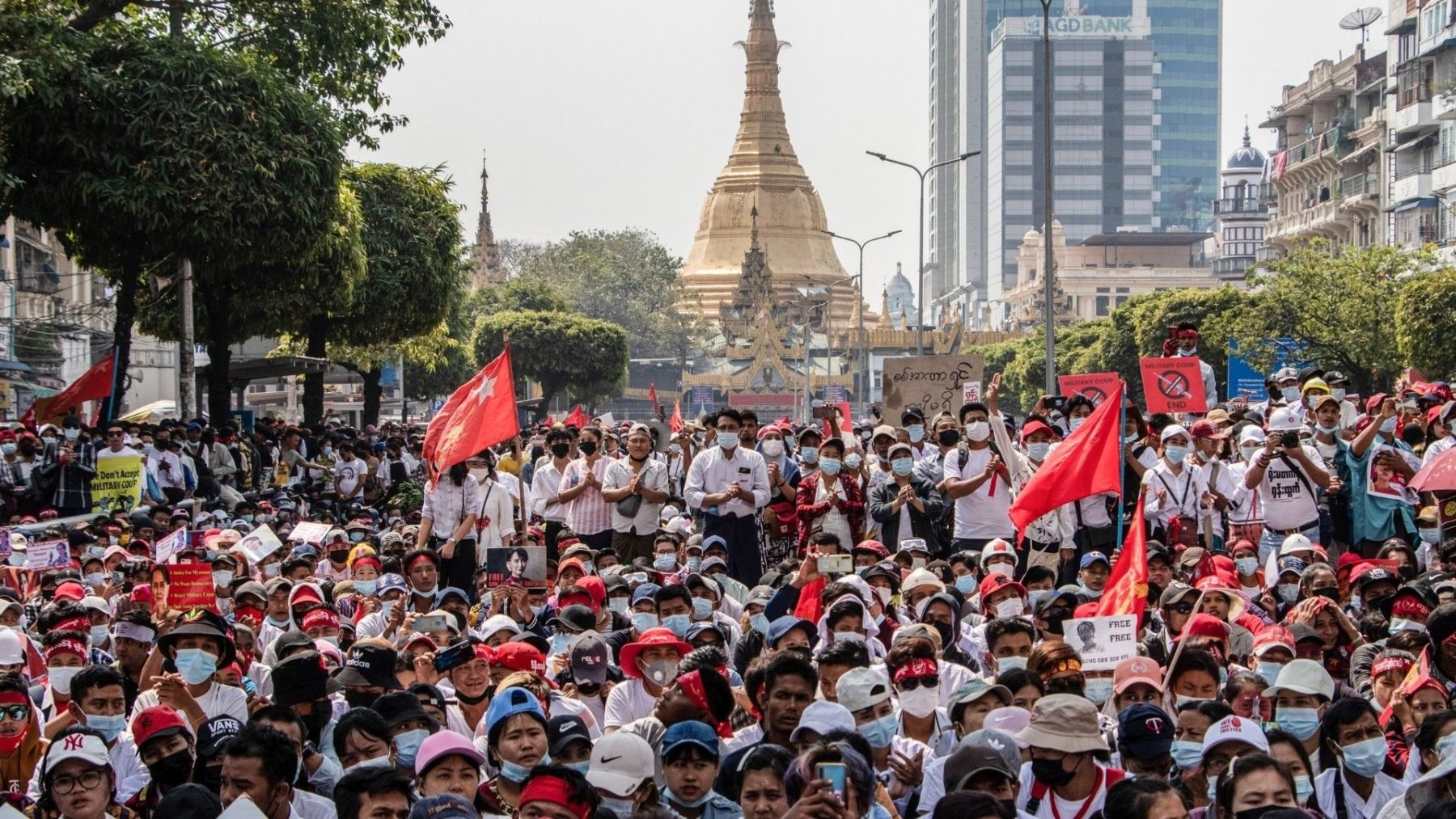Traveling with a CPAP requires extra planning, whether flying, driving, or hiking. You could even be tempted to forgo your CPAP therapy while traveling. However, even one night without your CPAP machine can trigger tiresome sleep apnea symptoms, causing your trip to be ruined by daytime exhaustion, headaches, and irritability.
Fortunately, we’ve compiled answers to some of your most often asked questions and helpful hints to make traveling with a CPAP a breeze.
Traveling with Your CPAP: 6 Tips
- Before packing, make sure your CPAP equipment is dry.
To avoid mold and mildew, empty your humidifier’s water chamber and ensure your CPAP device and supplies are fully dry before packing them.
- Bring extra CPAP supplies.
Even if your trip is brief, bring extra supplies like mask cushions, headgear, and filters. These supplies have a habit of failing precisely when you need them the most, and no one likes to play MacGyver to get a decent night’s sleep.
- Keep a copy of your prescription with you at all times.
You’re unlikely to need it, but if you needed to replace your CPAP mask or machine while on vacation, you’d be grateful!
- Bottled water is your best ally.
Bring some bottled water with you because you never know when or where you’ll discover distilled water. Because tap water (and even spring water) includes minerals that can build up in your machine and cause it to break down with time, you should only use distilled water in your CPAP.
This is true if you’re visiting a place where it’s advised not to drink the native water. If tap water is unsafe to drink, you should also avoid inhaling it.
- Keep CPAP wipes on hand.
You don’t want to use bottled water to clean your CPAP supplies. CPAP wipes are quick and easy to keep your mask and machine clean. Furthermore, the alcohol-free composition is suitable for more than simply CPAP equipment!
- Ensure You Have the Correct Power Supply
If you’re going internationally, your power cord may not be compatible with the local power outlets. Many current CPAPs will automatically compensate for the power difference (110v in the US vs. 220v in most of Europe), but you’ll probably need an adaptor to fit the outlet.
4 Travel Tips for CPAP Users
Just because you’re about to board an airplane doesn’t mean you should skip sleep apnea therapy. Most modern CPAP machines and practically all travel CPAP machines are FAA-approved for use in aircraft. Here is some additional advice for CPAP users traveling by plane:
- You may bring up to 3.4 ounces of distilled water.
Keeping a little amount of travel CPAP water in your carry-on bag will be highly beneficial if you need to use your CPAP during the flight or shortly after landing. You can also bring more than that in your checked luggage. As previously stated, only use distilled water, as tap water can cause mineral buildup, damaging your CPAP apparatus.
- Do not inspect your CPAP.
It’s uncommon that your luggage will be lost, stolen, or damaged, but it does happen—and the risk to your health isn’t worth it. Keep your CPAP in its carrying bag with you on the plane.
- Do not include your CPAP in your travel bag.
Because a CPAP machine is considered medical equipment, airlines cannot legally treat it as a carry-on item. (The same is true for APAP and BiPAP equipment.) Pack your CPAP in its travel bag, leaving room in your carry-on for additional personal items and perhaps a snack or two.
- Keep your CPAP paperwork with you.
Along with a copy of your prescription, print a copy of your manufacturer’s FAA compliance notification. (ResMed provides an example of a travel compliance letter.) The flight crew will most likely be familiar with CPAP machines, so you won’t need this paperwork, but if a question occurs, these documents will save you time and trouble.











